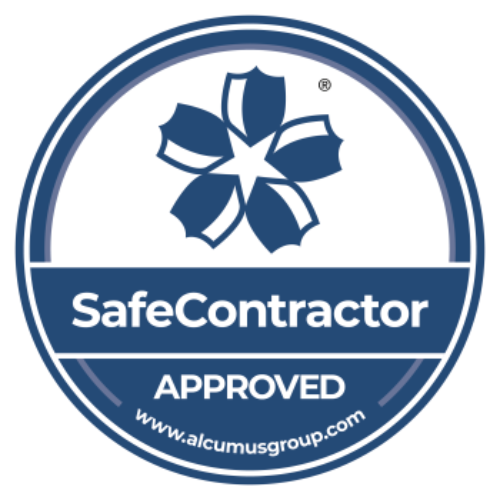Navigating Enterprise IT Hardware Maintenance: OEM vs TPM
Navigating Enterprise IT Hardware Maintenance: OEM vs TPM

Introduction
Maintaining hardware efficiently and cost-effectively is paramount in the ever-evolving world of enterprise IT. Businesses frequently encounter a decision-making crossroads: opting for Original Equipment Manufacturer (OEM) services or Third-Party Maintenance (TPM) providers. Ultra Support, a prominent TPM in the industry, offers a viable alternative to conventional OEM services. However, it’s crucial to evaluate both options against specific organisational needs. This article aims to assist enterprises in making an informed decision between OEM and TPM, highlighting what Ultra Support can offer.
Understanding OEM and TPM
OEM services are the offerings provided directly by the hardware manufacturer. They are typically the go-to choice for the latest and most advanced equipment, necessitating specialised support.
TPM providers like Ultra Support deliver maintenance services for various equipment from different manufacturers. They often present more cost-effective and adaptable solutions than OEMs, offering bespoke services for diverse IT settings.
When to Choose OEM
- Cutting-edge Technology: OEMs can provide specialised support and regular updates for the most recent hardware models to maintain top performance and security.
- Compliance and Security: In sectors where adherence to specific standards is mandatory, OEMs may be the preferred option due to their proprietary expertise and documentation capabilities.
- Integrated Systems: Complex IT environments with hardware deeply intertwined with proprietary software might necessitate the unique expertise that only an OEM can provide.
When to Opt for TPM like Ultra Support
- Cost-Effectiveness: Ultra Support, akin to many TPMs, offers competitive pricing, making it an economical choice for numerous businesses.
- Out-of-Warranty Equipment: For apparatus no longer under OEM warranty, TPMs provide an effective solution for continued maintenance without exorbitant costs.
- Tailored Services: Ultra Support takes pride in customising its services to meet individual client requirements, a level of flexibility often not found in standard OEM service agreements.
- Multi-Vendor Support: Ultra Support is capable of maintaining hardware from multiple manufacturers, simplifying service processes for businesses with varied IT infrastructures.

Considerations for Both
- Service Level Agreements (SLAs): Regardless of the chosen path, reviewing SLAs thoroughly is imperative to ensure they align with your organisation’s needs.
- Expertise and Reputation: Investigate the provider’s expertise in your specific hardware. For TPMs like Ultra Support, delve into customer testimonials and case studies.
- Transitioning Services: Switching from OEM to TPM or the reverse should be strategically planned to minimise downtime and safeguard data.
Conclusion
The decision between OEM and TPM services, such as those offered by Ultra Support, hinges on various factors, including the type of hardware, budget constraints, and specific requirements of your IT environment. With its focus on customised, cost-effective solutions, Ultra Support presents a compelling argument for TPM services, especially suitable for out-of-warranty or multi-vendor situations. Ultimately, the decision should align with your enterprise’s operational objectives and the unique demands of your IT infrastructure.
NB: Ultra Support is a channel-only support partner and does not directly engage with end-users. However, we are always happy to collaborate with your chosen IT Services partner or help locate a suitable partner.
Contact us here for further information.





